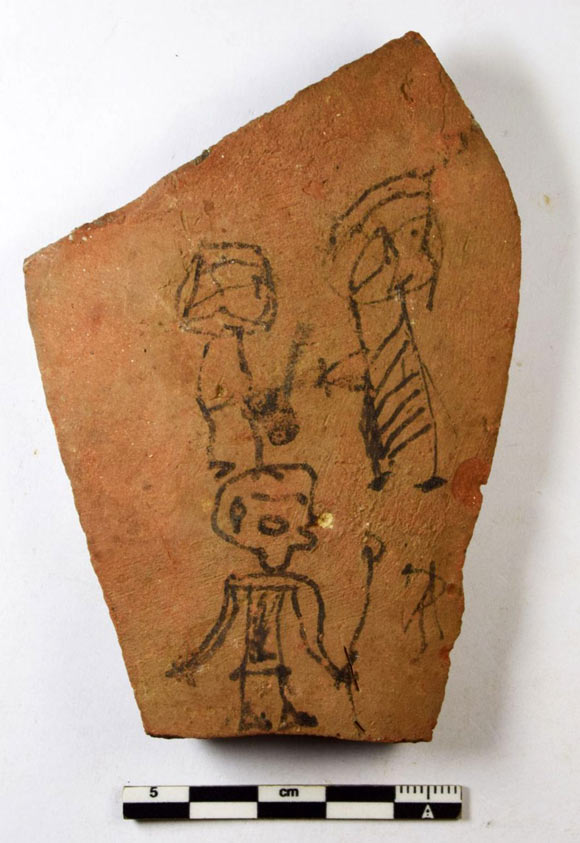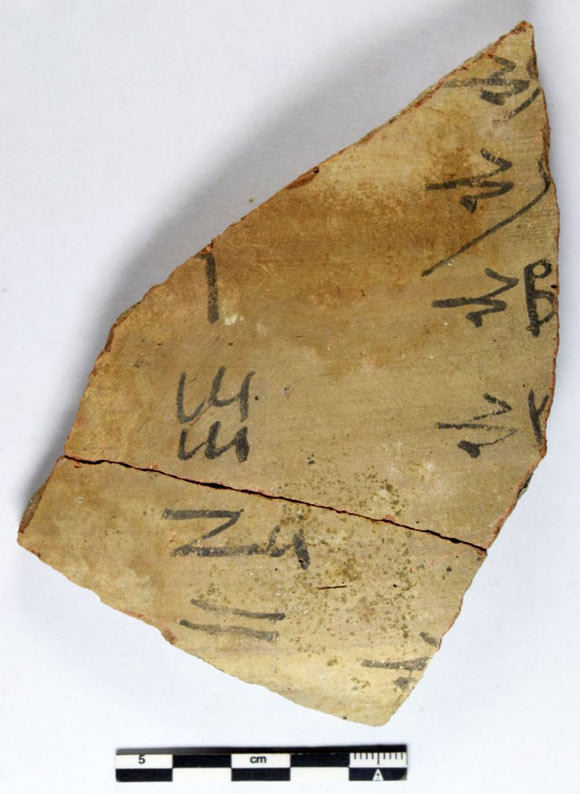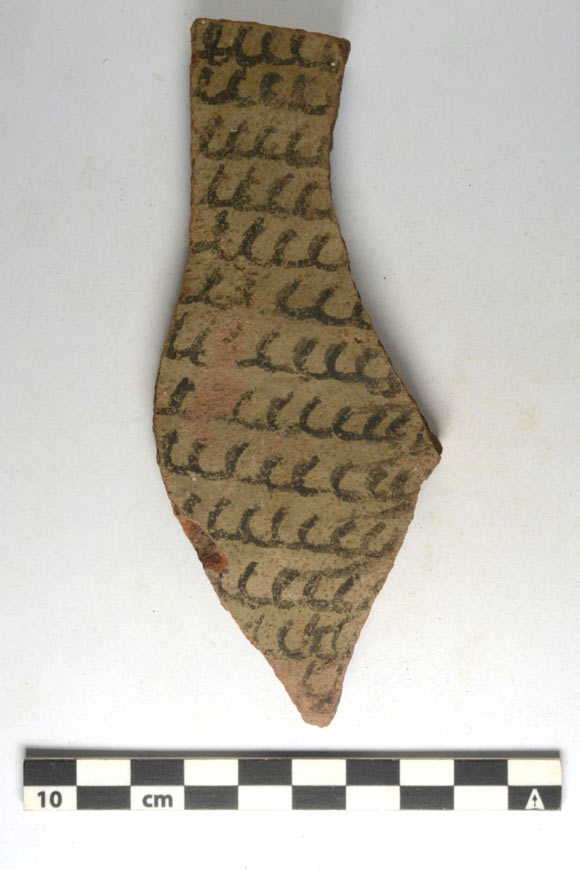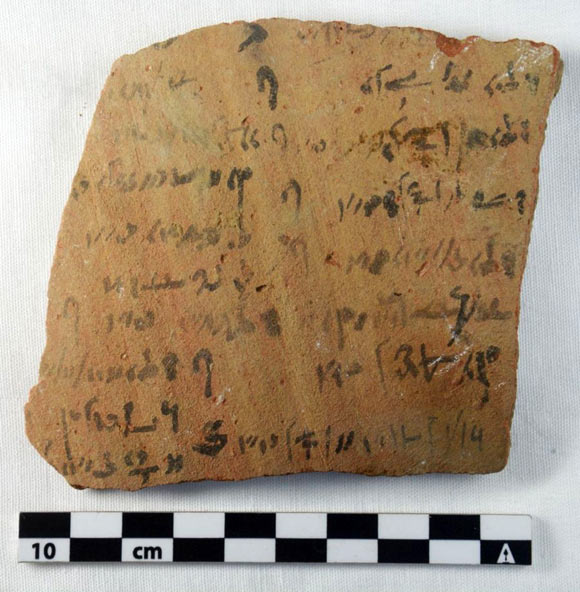Egypt Archaeologists Discover 18,000 Notes Describing Lives of Ancient Civilisation
Archaeologists from the Institute for Ancient Near Eastern Studies at the University of Tübingen and the Egyptian Ministry of Tourism and Antiquities have unearthed a collection of more than 18,000 ostraca (inscribed pottery fragments) in the ancient Egyptian town of Athribis, near to the modern city of Sohag, Egypt. The artefacts document names, purchases of food and everyday objects, and even writings from a school.
Ostraca (plural for ostracon) are pottery fragments used as surfaces for writing or drawing.
They were used as notepads for private letters, laundry lists, records of purchases, and copies of literary works.

By extension, the term is applied to flakes of limestone which were employed for similar purposes.
“In ancient times, ostraca were used in large quantities as writing material, inscribed with ink and a reed or hollow stick (calamus),” explained Professor Christian Leitz, a researcher with the Institute for Ancient Near Eastern Studies at the University of Tübingen, and his colleagues from the Athribis Project, an archaeological and philological endeavour investigating the ancient Egyptian town of Athribis.
The archaeologists uncovered a collection of more than 18,000 ostraca in the ruins of Athribis.

“These ostraca provide a variety of insights into the everyday life of Athribis,” they said.
“Around 80% of the potsherds are inscribed in Demotic, the common administrative script in the Ptolemaic and Roman periods, which developed from Hieratic after 600 BCE.”
“Among the second most common finds are ostraca with Greek script, but we also came across inscriptions in Hieratic, hieroglyphic and — more rarely — Coptic and Arabic scripts.”

The researchers also found pictorial ostraca with various figurative representations, including animals such as scorpions and swallows, humans, deities from the nearby temple, even geometric figures.
“The contents of the ostraca vary from lists of various names to accounts of different foods and items of daily use,” they said.
“A surprisingly large number of sherds could be assigned to an ancient school.”
“There are lists of months, numbers, arithmetic problems, grammar exercises and a ‘bird alphabet’ — each letter was assigned a bird whose name began with that letter.”

“Several hundreds of ostraca also contain writing exercises that we classified as punishment,” they added.
“They are inscribed with the same one or two characters each time, both on the front and back.”





